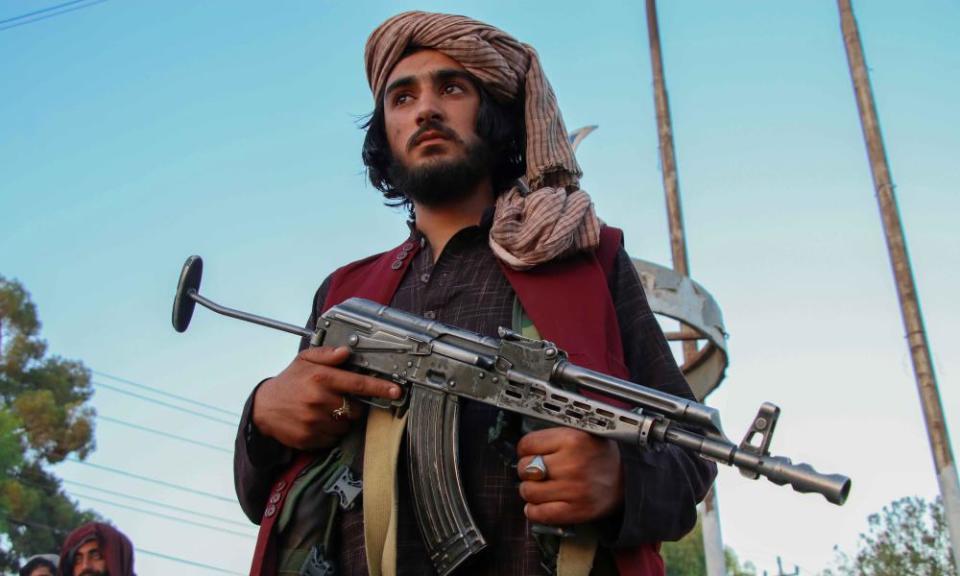The Guardian view on Afghanistan: the dilemma for donors

Even as the Taliban swept into Kabul in August – and even given their record in other parts of Afghanistan – some clung to hope, suggesting that the militants’ milder rhetoric was evidence that they might have changed substantially since they last held the country. As many warned, that was wishful thinking.
The country now faces two catastrophes, of basic rights and the economy. A population with higher expectations in every regard, better educated and better connected to the outside world, is faced by the same Taliban: brutal rulers who have never met the basic needs of those they have controlled.
A senior official has said they will resume executions and amputations for criminals. Girls are barred from secondary education; women pushed out of work. Women in Herat report being stopped for going out without a male guardian. Almost all shelters have closed. It is true that some in Afghanistan, including women, have welcomed the Taliban victory, hoping that there will at least be peace. But that is a verdict on the last Afghan government, the US and its allies, not on the Taliban’s merits, and they are opposed not only by women in cities but in poorer rural areas, and by men and boys.
Their ascent has also delivered a devastating blow to an economy already on its knees. A rentier state – dependent on aid for 75% of spending, and ravaged by corruption – was further assailed by the pandemic, droughts, and intensified fighting. Earlier this year, a third of Afghans were malnourished. Now, with cash flows cut off, the banking system reportedly on the verge of collapse, and humanitarian aid halted, the United Nations’ World Food Programme has warned that only 5% of households have enough to eat each day.
The result of this dual catastrophe is an unbearable dilemma: how to save lives without strengthening and even enriching a vile and repressive government. The US has issued licences to ease the provision of humanitarian aid without removing its sanctions. This is an essential step. But even if donors provide the $1bn they have promised to agencies, food is not enough. Without development aid to support agriculture, supplies will dwindle even further.
Delivering aid will also be impossible without female workers. Without them, access will be restricted to half the population – in many cases, missing children too. In some provinces, the Taliban have allowed women to continue to work in some of these vital roles. Will they be willing to make similar decisions at a national level? So far, they have made no concession to international opinion, as their hardline cabinet demonstrates. Some fear that the Taliban simply do not realise how severe the crisis is, further reducing any leverage on them. China and others could step in to some degree, with fewer constraints upon the support they are already giving, though few believe they will do enough to fill the gap.
Supporting Afghans while doing the utmost to avoid bolstering the Taliban will be an extraordinarily difficult and painful process. It will require the closest attention to each area: healthcare, mostly carried out through NGOs, is more straightforward than education, which is primarily state-run. It will require systematic coordination by donors, consulting extensively and repeatedly with NGOs and Afghans. Above all, it demands absolute realism on the need for and possibility of conditionality. There can be no more wishful thinking.

 Yahoo Movies
Yahoo Movies 